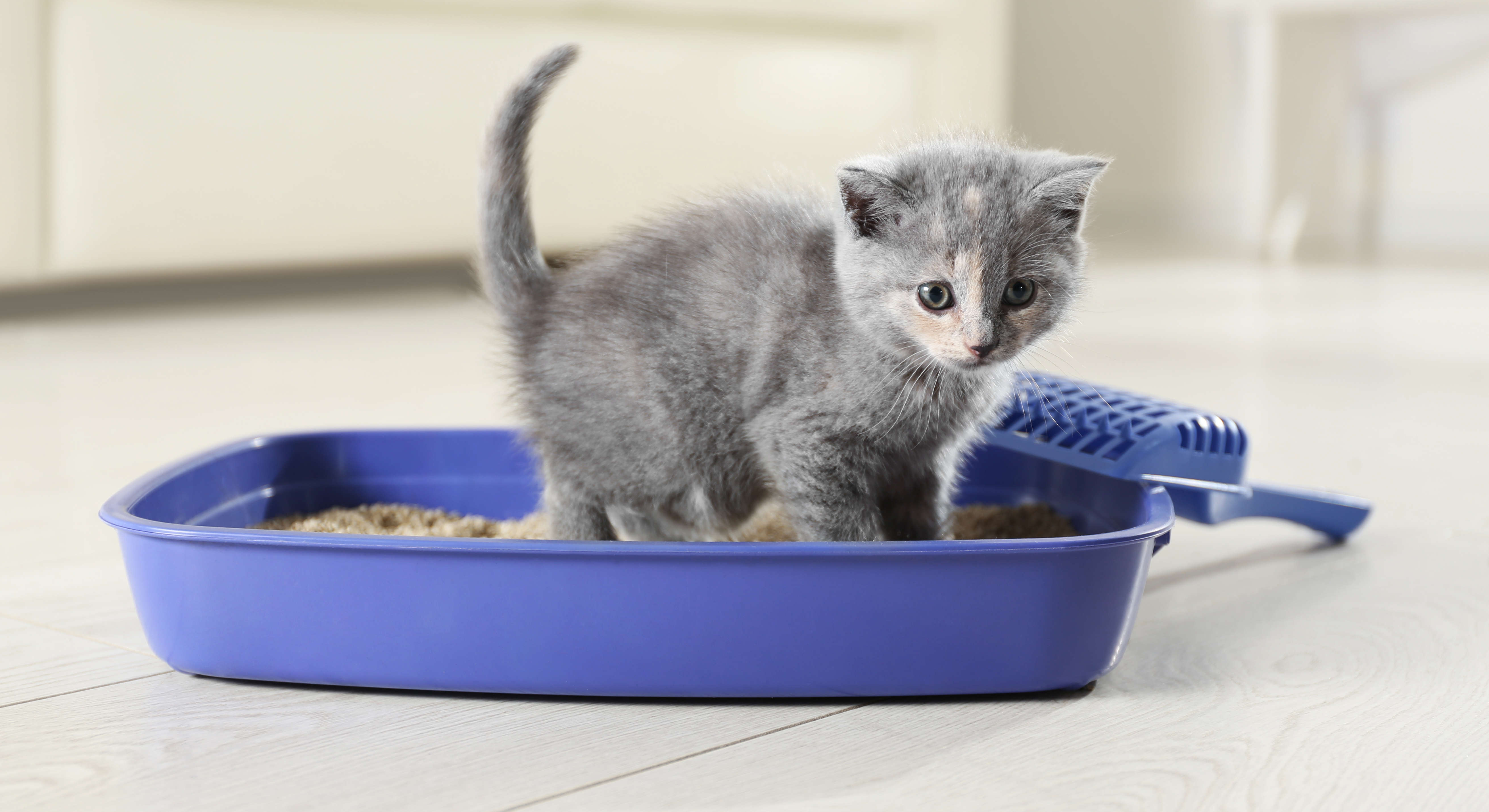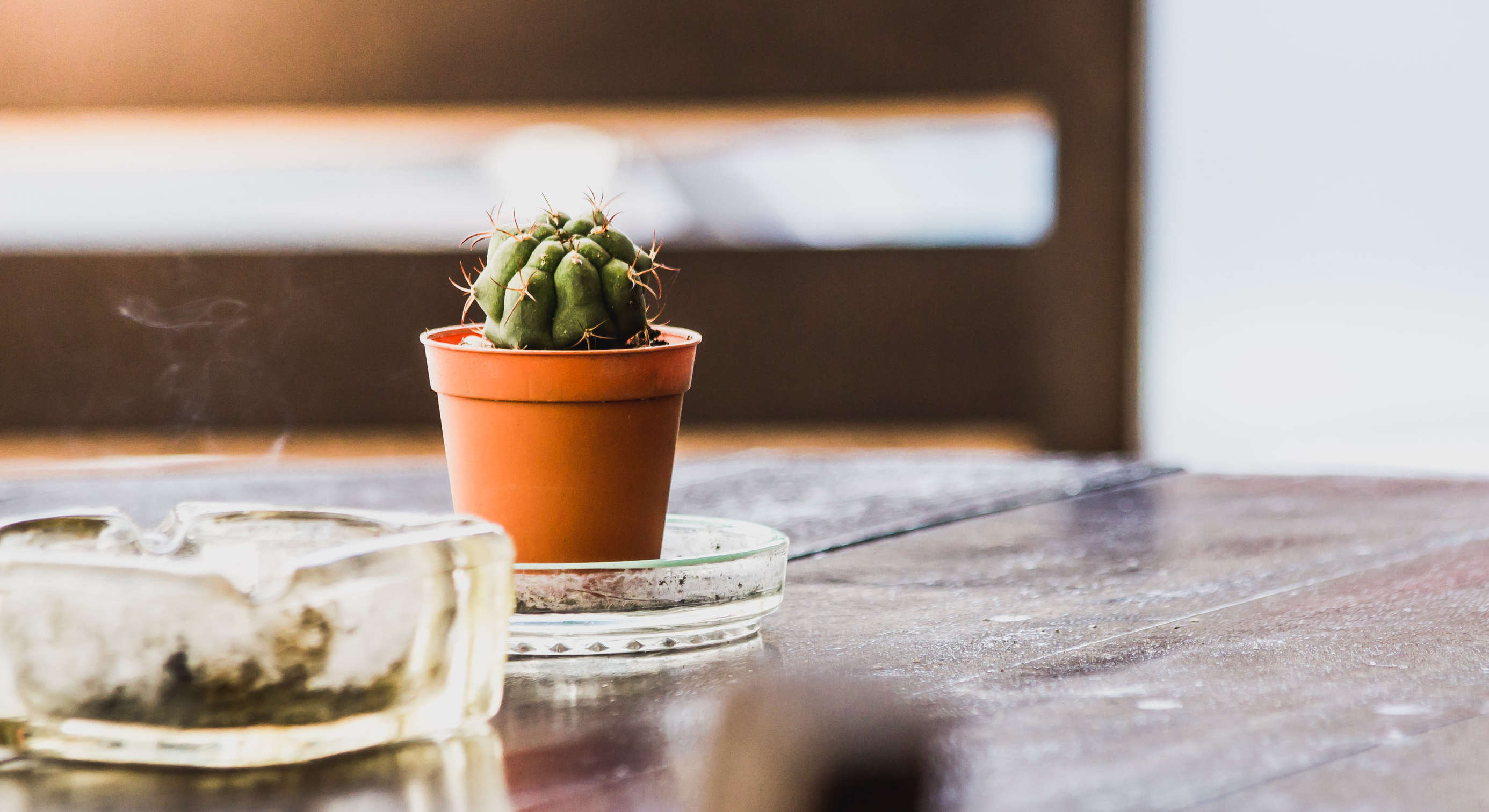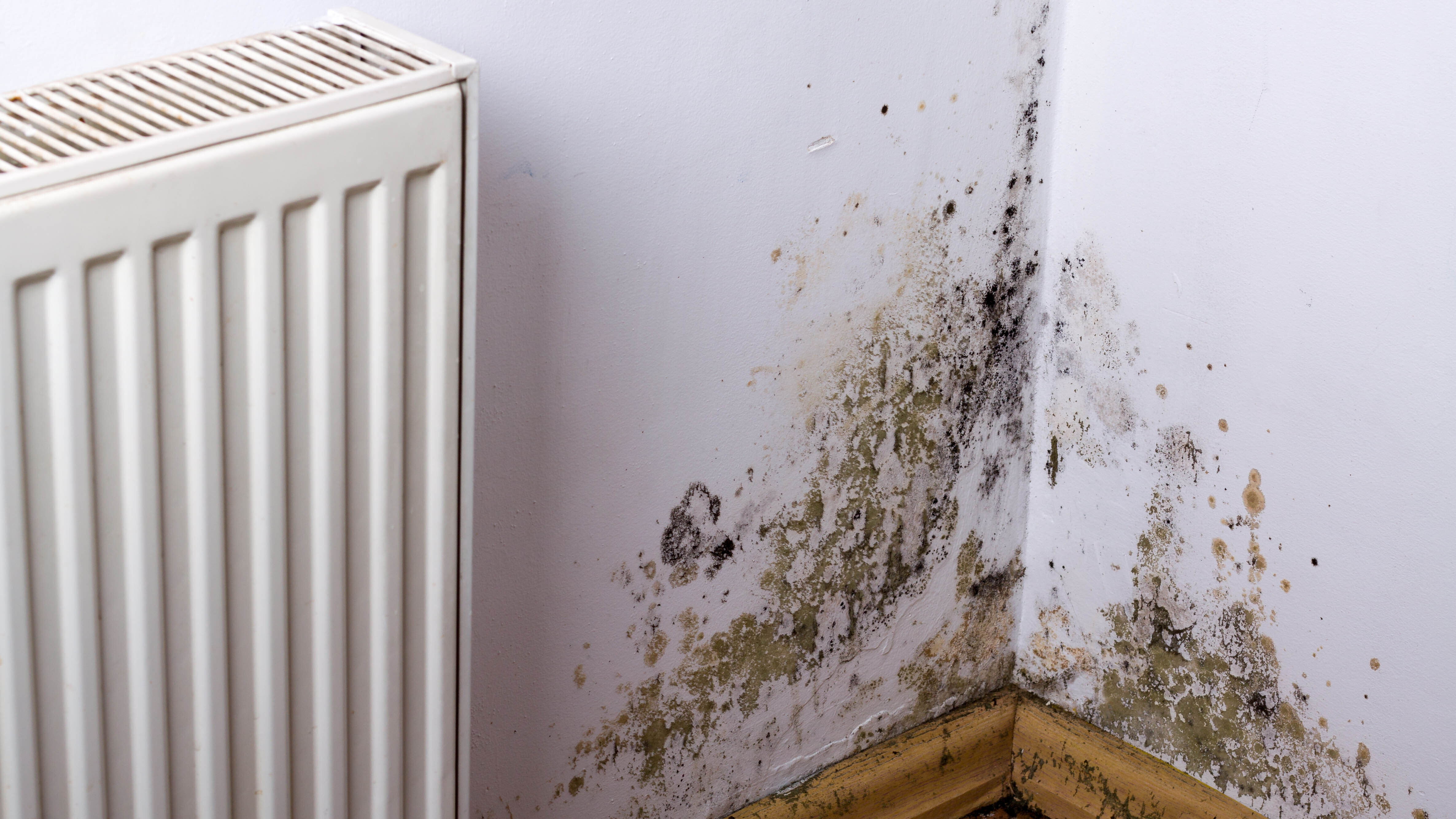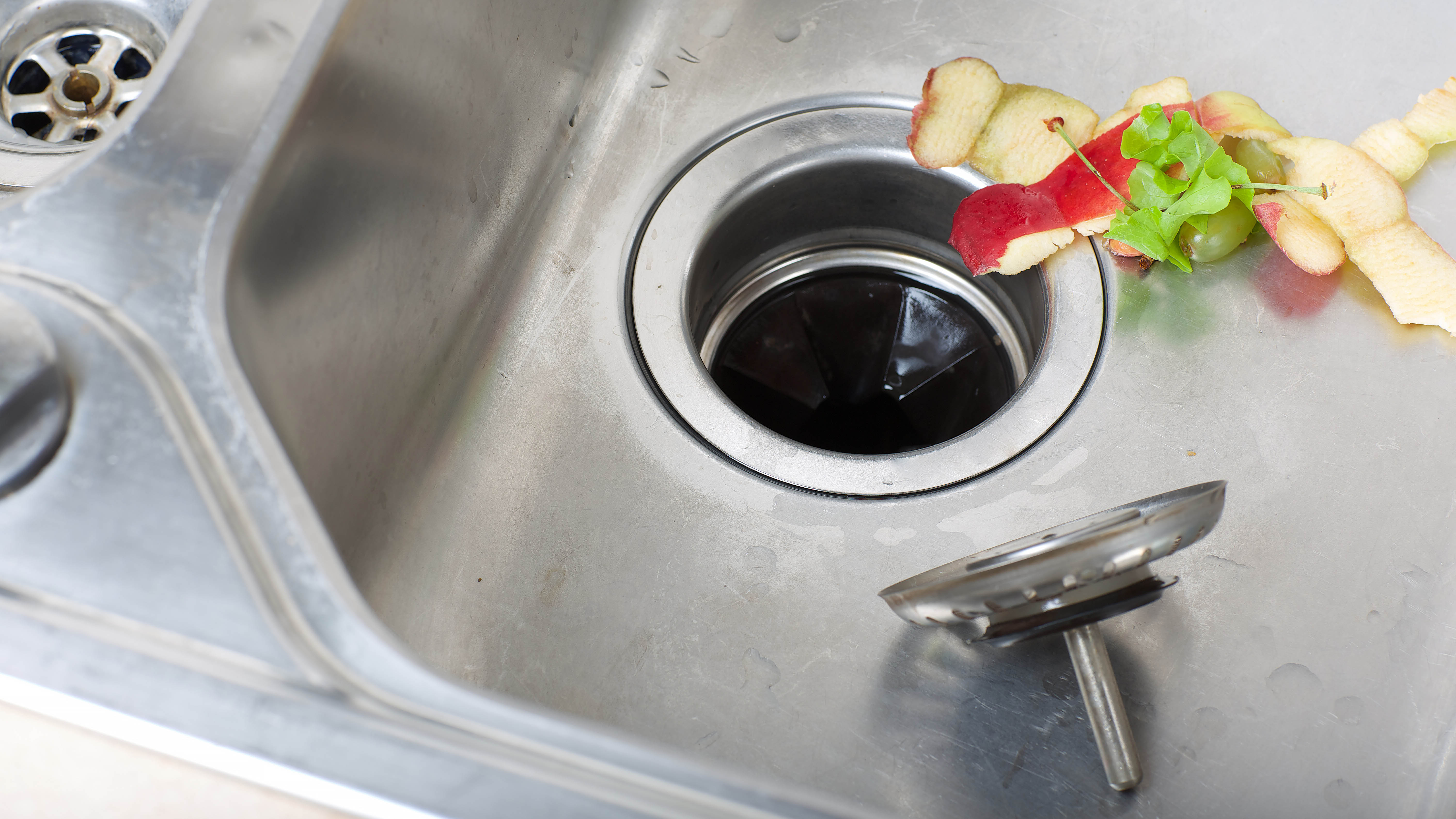5 bad odors in your home and why they kick up a stink

Bad smells in the home are unpleasant. Stinky bathrooms, smelly pets and gross garbage cans all contribute to foul smells in the house. And while some are more distinct than others, we tend to become nose blind to smells we’re exposed to regularly.
While we may not notice particular cooking smells or secondhand smoke, guests will be instantly aware of the bad odors as soon as they walk through the front door. So, to keep your house smelling fresh for yourself and your guests, we take a look behind bad smells in the home and why they kick up a stink.
What is nose blindness?
Research into the response to unpleasant odors suggests that we become nose blind more quickly to unpleasant smells. Although this might first appear as a good thing, it leaves you unable to notice when your house is far from fresh. It might be the case you regularly cook with garlic, and the smell clings to your home, or you have an ongoing problem with dampness, but don’t notice it. And while the smell of garlic isn’t a big issue, especially if you don’t mind the aroma, being unaware of a musty, damp odor over a long period is more of a serious issue, as it can cause health problems.
However, Healthline says you can take a couple of actions to help reduce nose blindness. The first is to leave your home for a time, and then, when you return, you may notice it smells differently from when you left. This works for me — I always notice different odors when I return from a vacation. Exercise can also help, with one study showing that adults who exercised were less likely to develop an impaired sense of smell. But if you don’t fancy jumping off the couch to go for a run, there is a more sedate method. Grab yourself a coffee. Research has shown that caffeine enhances olfactory function in rodents, but unfortunately, it has not detected equivalent effects in humans.
Apart from these methods, the main issue is to be aware of nose blindness. This will help you become more focused on picking up what could be causing bad odors in the first place.
1. Tobacco

You can tell if a person smokes as soon as you walk into a house. The unpleasant smell of cigarette smoke is hard to banish, as it embeds itself on counters, fabrics, carpets, and dust particles settle on hard surfaces, such as walls and flooring. This is known as thirdhand smoke, and it stays within a home long after the person has stopped smoking.
The Mayo Clinic says the chemicals in thirdhand smoke include nicotine as well as cancer-causing substances such as formaldehyde, naphthalene and other substances. “Infants and young children are at greater risk for exposure to thirdhand smoke than adults due to activities such as crawling and putting non-food items in their mouths. They also tend to spend more time indoors.
Get instant access to breaking news, the hottest reviews, great deals and helpful tips.
“Although the effects of thirdhand smoke have not been as widely studied as secondhand smoke, research has shown that indoor smoking raises the risk of exposure to harmful chemicals, and that ventilation and cleaning cannot adequately eliminate these hazards.”
So, when do you start with eliminating the smoke particles? The Third Hand Smoke Resource Center suggests that frequent and thorough cleaning will help reduce the dust and recommends using a vacuum with a HEPA filter. Regular wiping, washing and scrubbing surfaces with white household vinegar will also help, being careful to dilute the solution as necessary. And don’t forget those hidden surfaces underneath tables, the back of bookshelves and the top of closets. Washable fabrics can be put through a wash cycle or replaced if necessary. The same applies to carpets.
2. Musty odors

The damp smell of mold and mildew is caused by excessive humidity and is likely to occur in bathrooms, basements and laundry rooms, where high moisture levels are present. When mold and mildew build up they release foul-smelling gases, which cling to textiles and upholstery. The smell can be described as wet and woody, but it is far from pleasant.
I remember visiting a great aunt’s house as a child and dreading using her bathroom. She lived in an old, damp house, but the bathroom was particularly pungent. I can still smell it now. While it’s not uncommon for houses to experience a certain level of dampness, if left untreated, it won’t go away on its own and can be a health issue for those with allergies and asthma.
The repugnant gases the mold and mildew release are known as microbial volatile organic compounds, or MVOCs for short. If inhaled, the compounds can cause various health effects in some people. The Centers for Disease Control and Prevention says it can result in a stuffy nose, wheezing and red or itchy eyes, or skin, and those with allergies to molds or with asthma, may have more intense reactions.
It’s worth knowing how to get rid of mold and stop it coming back. One way is to control humidity levels. Ventilate rooms after a shower, during cooking and wherever laundry is being dried. And fix any known leaks from windows, roofs or pipes so that mold doesn’t have any moisture to grow. An air conditioner or dehumidifier may help during humid months. It may also be wise to remove carpet from rooms that experience high moisture levels, such as bathrooms, to prevent mold from developing in the pile and on any underlay.
3. Garbage disposal

Does your garbage disposal stink? Here’s why getting rid of food waste can be a rotten job. The distinct smell of food waste is the product of organic decomposition. Spoilage microbes in the food — bacteria, mold and yeast — break down the food and release gaseous waste in the air. The odors vary depending on the food type. While spoiled dairy products give off pseudomonas fragi — a bacterium with a slight strawberry scent — some yeasts produce sulphur compounds that are altogether more unpleasant. And as molds decompose foods, they give off musty smells.
Food particles can quickly build up in your garbage disposal and give off a foul-smelling stench. It’s not an ideal scenario to prepare meals in your kitchen while the reek of garbage decomposing surrounds your olfactory senses.
To prevent your garbage from causing a stink, we recommend cleaning your garbage disposal once a week. Place 6 ice cubes, 1 tablespoon of baking soda, 3 slices of lemon and 1 teaspoon of bleach into the waste. Then, top with 6 more ice cubes and turn on the garbage disposal. Once it has stopped grinding, run the cold tap for 30 seconds. This method will help remove any remaining food particles and bacteria, and remove the odor.
4. Sewer stench

If your home starts to smell like a sewer, it’s one odor you’ll need to investigate immediately. Sewer gas contains hydrogen sulphide and can irritate your eyes and throat, and cause shortness of breath, fatigue, headaches and dizziness.
The stench is likely caused by a faulty P-trap in your plumbing system, which acts as a barrier to stop sewer gas and odor from entering your home. It's fitted to connect your toilets, baths and showers to your plumbing system to filter waste water.
The P-trap contains a U-shaped pipe holding water, which prevents sewage smells from returning. However, the gas can return if the water dries out — perhaps a toilet in your home is rarely used — or becomes damaged. The P-trap may also become blocked with debris that prevents water from passing into the sewer.
If the water in the U-bend has dried up, a simple solution is to pour some water down the drain to create a barrier between the sewage gases and your home. Alternatively, if the P-trap is blocked, it can be removed and emptied before being replaced.
5. Pet accidents

Dealing with animal pee and poop is all part of being a pet owner because, despite how well trained your pets are, cats and dogs still have accidents. Puppies and kittens are still learning, and older pets may have bladder issues.
While cat and dog urine contains hormones, bacteria and uric acid, it’s the ammonia that causes the unpleasant smell, and as cat pee is less diluted than dogs’, it smells stronger.
Before cleaning up any accidents, always wear a pair of protective gloves, as bacteria in pee and poop can be harmful to humans. Clean urine by soaking up any excess liquid with a paper towel, dampening rags to blot away the mess, and then sprinkle over baking soda, working it into the fabric, rug or carpet. Then leave it overnight before vacuuming in the morning.
Animal poop is more unpleasant, and the smell can be difficult to get rid of, with cats smelling worse than dogs as it contains sulphur. Remove the solid waste and place it in a poo bag, and don’t flush it down the loo. The Preventative Vet says that some states and municipalities allow for flushing pet waste while others don’t. Then vacuum the area and apply a disinfecting spray and let the carpet dry.
If you need to remove a stain, mix 2 cups of cool water with 1 tablespoon of dish soap and 1 tablespoon of white vinegar. Spray the solution onto the stain and allow it to sit for 10 minutes, then blot the stain until it is no longer visible. Repeat if needed.
There are also others ways to remove pet odors from your home.
More from Tom's Guide
- Discover how to deodorize your trash can
- Read, I tried this TikToK hack to deodorize a drain
- And how to clean a refrigerator

Camilla is the Homes Staff Writer and covers everything to do with homes and gardens. She has a wealth of editorial experience, mounting over 30 years, and covers news and features, tests products for reviews and compiles buying guides.
Her work has appeared in business and consumer titles, including Ideal Home, Real Homes, House Beautiful, Homebuilding & Renovation, and Kitchen & Bathroom Business. She’s even appeared on the cover of Your Home, writing about her own house renovation.
Although she’s obsessed with decorating her home, she also enjoys baking and trying out the latest kitchen appliances. But when she’s not inside, you’ll find her pottering about in her yard, tending to her vegetable patch or taking in her prized hydrangeas.
